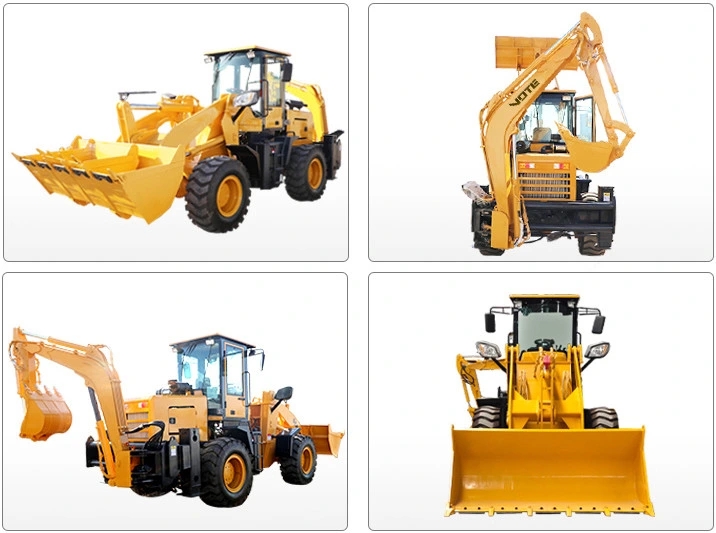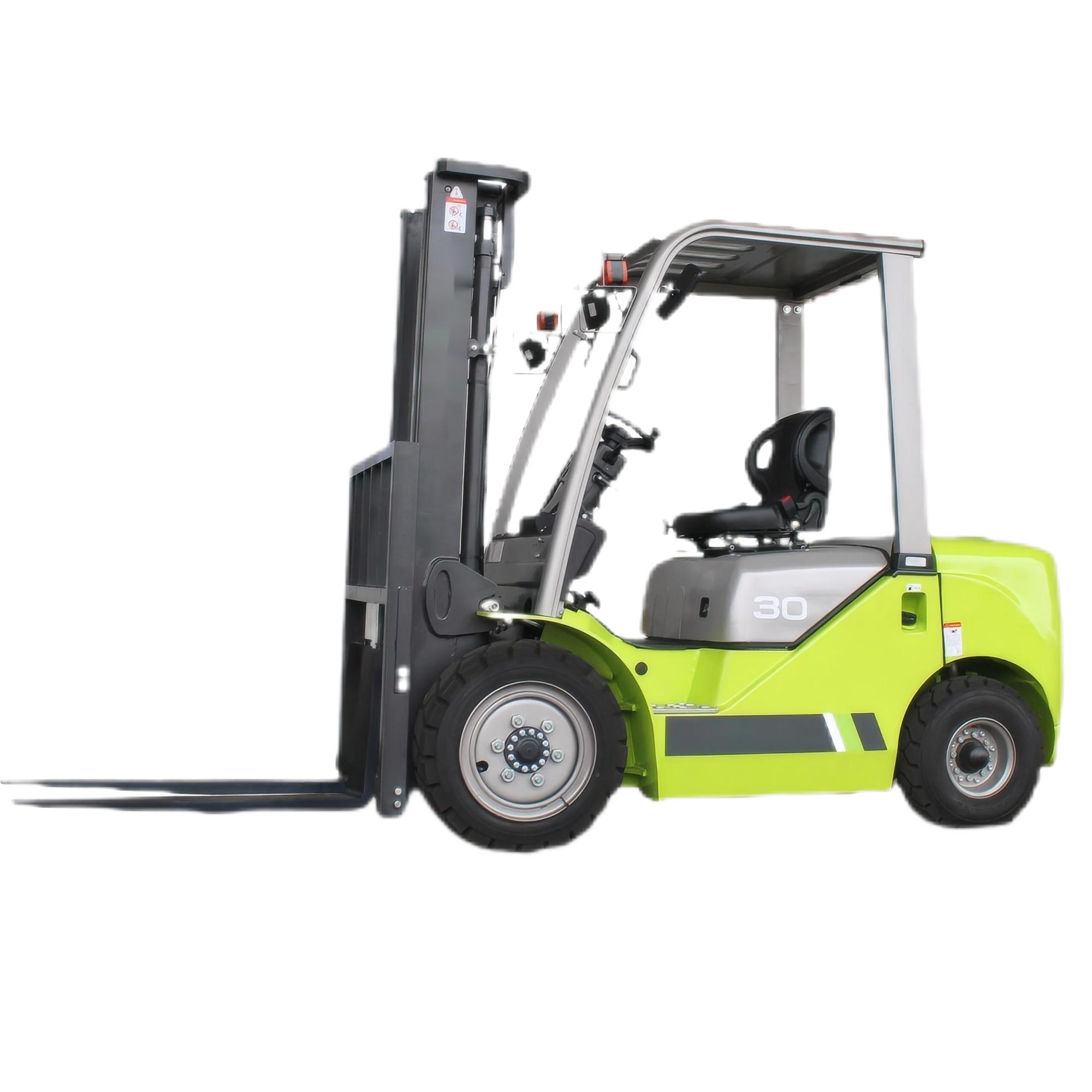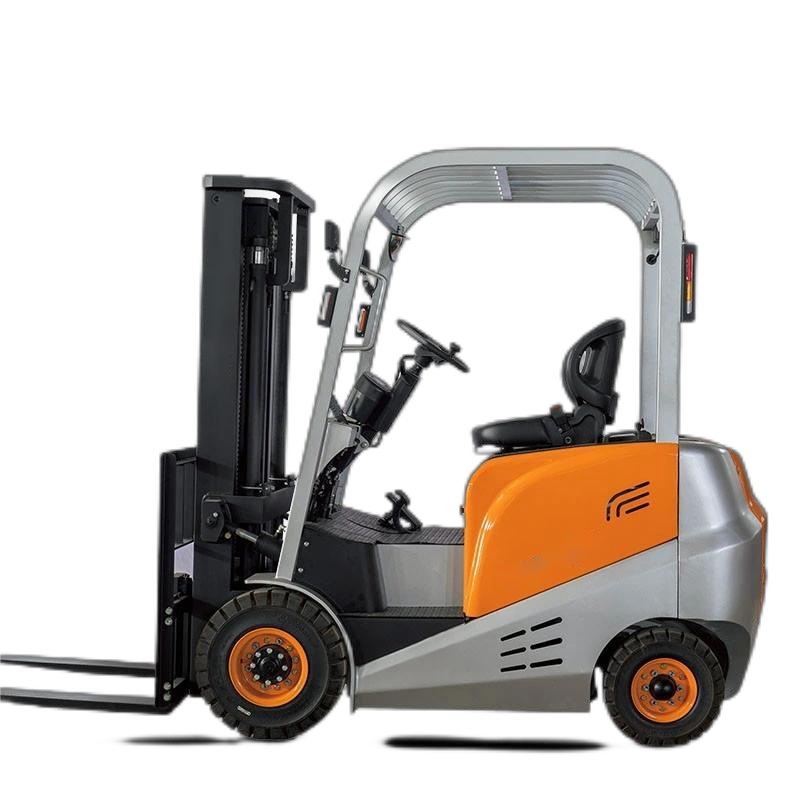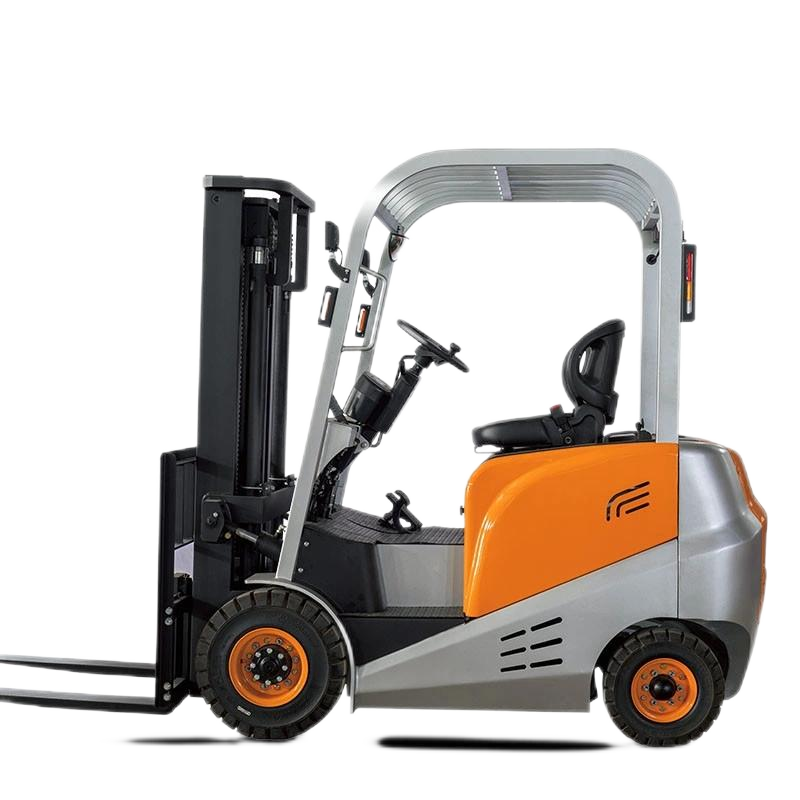When choosing a loader, multiple factors need to be comprehensively considered. The following are some key points:

Operating Scenarios
Site Conditions: If the operating site has a narrow space, such as a small indoor warehouse, a narrow construction site, etc., a small loader or a loader with an articulated frame and articulated steering is more suitable. They have a small turning radius and good mobility. If working on open large-scale open-pit mines, large construction sites and other sites, a large loader can be selected to improve work efficiency.
Terrain Conditions: On soft, muddy or rough terrain, such as mine excavation sites and field construction sites, a crawler loader is a better choice. It has a small ground contact pressure, good trafficability and stability. While on flat cement roads or hard ground, such as urban road construction, logistics warehouses and other places, a wheeled loader is more applicable. It is fast, flexible and will not damage the road surface.
Material Characteristics: For handling light materials, such as sand, chemical fertilizers, etc., a small or medium-sized loader can do the job. For materials with high density and large weight, such as iron ore, large rocks, etc., a large loader is required to ensure sufficient loading and transportation capacity. If the materials are corrosive, it is also necessary to consider whether the bucket and related components of the loader have anti-corrosion properties.
Operating Requirements
Workload: For projects with a large workload and long working hours, such as continuous loading and unloading operations in large mines, a large and efficient loader should be selected to improve production efficiency, reduce equipment wear and labor costs. For situations with a small workload and intermittent operations, a small or medium-sized loader can meet the needs and avoid waste caused by equipment idleness.
Operating Precision: If there is a high requirement for the precision of loading and unloading operations, such as in some refined logistics warehouses where goods need to be accurately loaded and unloaded to the designated position, a loader with hydraulic transmission or all-wheel steering may be more suitable. They are easy and flexible to operate and can achieve more precise control.
Loader Performance
Engine Power: Select an engine with an appropriate power according to the operating scenario and workload. Generally, a small loader selects an engine with a power of less than 74 kilowatts; the engine power of a medium-sized loader is between 74 and 147 kilowatts; a large loader requires a high-power engine with more than 147 kilowatts to ensure sufficient power during heavy-duty operations.
Transmission Type: A mechanical transmission loader is suitable for occasions with low performance requirements and strict cost control. Hydro-mechanical transmission loaders are widely used, can adapt to different operating conditions, and have good acceleration performance and smooth gear shifting. Hydraulic transmission loaders are suitable for special operations with high requirements for operation flexibility and precision.
Bucket Capacity: Select the bucket capacity according to the density of the materials and the amount of loading and unloading each time. Generally, the bucket capacity of a small loader is about 0.5 to 2 cubic meters; the bucket capacity of a medium-sized loader is 2 to 5 cubic meters; and the bucket capacity of a large loader can reach more than 5 cubic meters.








